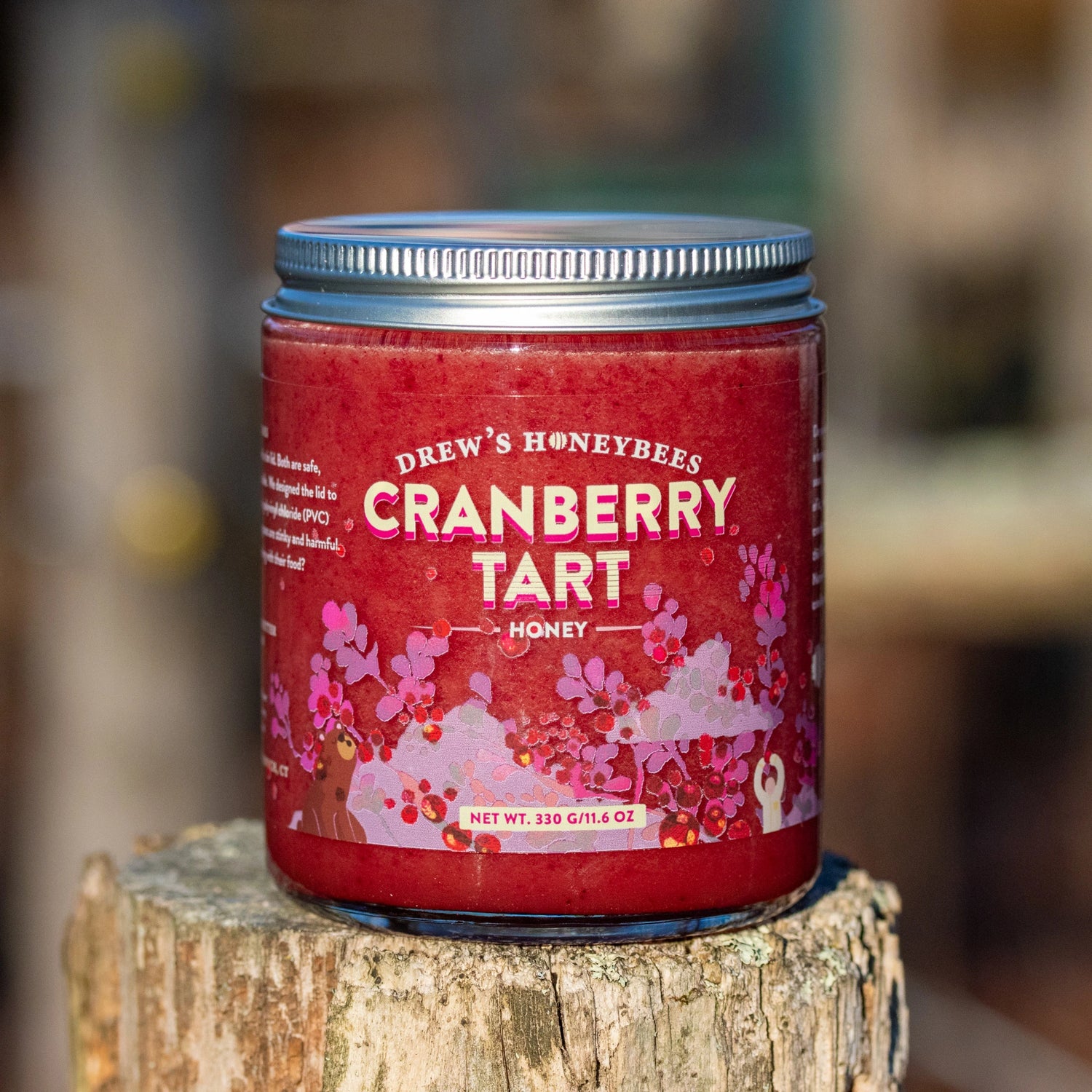The Coalition for Better Outcomes: Chapter 1, A Gambit
What would better packaging look like? How might a team create it?
By Andrew Burnett - 4 Min Read
“But how can I hope to explain myself here; and yet, in some dim, random way, explain myself I must, else all these chapters might be naught.” - Herman Melville, Moby Dick“Life in plastic, it’s fantastic.” - Aqua, Barbie Girl
I’ve noticed something funny in the packaging industry. We all work together; we pile our resources, finances and innovation into… bad things. Things that, quite literally, harm our health and foul our world.
To illustrate my claim, let’s use a specific example–the market for lip balm tubes. Most lip balm tubes (or eggs/sticks/any finger-free lip application device) are mixed plastic. That’s a problem. Plastic recycling is a ritual of mass delusion. In 2015, our best year on record, we recycled 9% of plastic once. Hiyo! those were the glory days, amiright? ✋ Surprise! investigations revealed much of our grand 9% was a lie. We exported it to poor countries for “recycling.” At Drew’s Honeybees we do not seek comfort in delusion…
Some lip balm tubes are made of cardboard, which seems like a better option. We had planned to make the switch. The problem with cardboard is that it’s cardboard; the oils in lip balms make cardboard messy. We did the barest of due diligence–we asked what manufacturers treat the tubes with. The cleanest and common way to make the cardboard tubes less messy is to bathe it in per- and polyfluoroalkyl compounds (PFAS). PFAS is a forever chemical, it’s toxic, and it builds in our bodies to no good end. I don't know much about business, but I know with my whole soul I don't have the right to choose PFAS–predictable harm–for anyone.

Some people argue that PFAS is not predictably harmful. In the case of any one person this is true. Medicine does not have the diagnostic insight to answer what PFAS exposure does to any one person. It’s complex. What is predictable is that populations with higher exposure to PFAS have worse health outcomes–weakened immune response, neurological deficits, and hormone disruption. This leads to higher incidence of chronic disease, cancers, and death. I do not have a right to bring that into this world. I could choose PFAS for myself. But I wouldn’t. Because it’s a scary world of sickly unknowns. So, morally, I should not choose it for you.
Aluminum packaging is better for human-ecological health. I say human-ecological health because what’s bad for the earth is bad for you. That’s just science. To help us envision better, let’s imagine that some plucky team created an aluminum lip balm tube. But, to be clear, this is just an example. No team has created any such thing. But it would be cool if they did. Aluminum is awesome! Aluminum is infinitely recyclable; you can recycle aluminum again and again without losing material quality. Critically, it’s profitable to recycle. People do it, and facilities exist to do it, because people make money recycling aluminum. And that’s not just like, ya know, our opinion, man.
Plastic is functionally versatile—you can create almost anything with it. Plastic’s dominance has undermined the economic incentive to invest in machinery and cultivate expertise to develop better packaging. Straight up–aluminum is less functionally versatile than plastic. It’s an element. It is what it is. An aluminum lip balm tube would be a challenge.
If a team managed the feat–and, again, no team has–they would still have to figure out how to fill it. Lip balms tubes are filled on large expensive machines by pouring gently heated ingredients. An aluminum tube would have new properties, functions and dimensions; it would not fit existing machines. It would require creating a new machine-filling process. This is costly. If you can sell tens of millions of lip balms it’s worth the investment. But an aluminum tube doesn’t exist. So no customer or buyer at a large chain would commit to it. The cost in time, money, and patience would be enormous. This would be hard even for a multinational corporation with ample money, expertise, partners, connections, and clout. With all that, it would still take vision, grit, and pluck to innovate. For a small, unknown, under-resourced team without relevant expertise, it would be a fool's errand.

Even if you could manage all of this, you would still be left with the issue that aluminum costs more than plastic or cardboard saturated with PFAS. This cost is why an aluminum tube has value even when it’s empty; it’s an opportunity, not a burden. But if you could match the scale of plastic lip balm devices–conservatively estimated at 800 million units a year–an aluminum device would still cost more. But costs are funny things; if you think they all show up in tidy columns on balance sheets you’re missing the greater thing–the health of me and you.
Scale is where this tale gets interesting. The economics of shared responsibility and opportunity would be best at that. That is to say, a Coalition.


3 comments
I’d suggest steel since magnets will separate it.
My understanding is that single stream recycling is often sorted by tossing it into the air where cameras watch it. Artificial intelligence analyzes the camera feeds and decides what each item is. A computer then fires a jet of air to shoot the item into the right bin. I’ve been told that in Rhode Island liquor nip bottles are too small to be recognized and don’t get recycled. I’d guess aluminum lip balm tubes would probably also be rejected, especially with labels on them.
Coating the cardboard tubes with bees wax — or with very thin beeswrap, made of paper and bees wax as I understand it — sounds like a great idea
What about small glass jars? Or is it possible to coat the cardboard tubes with beeswax?